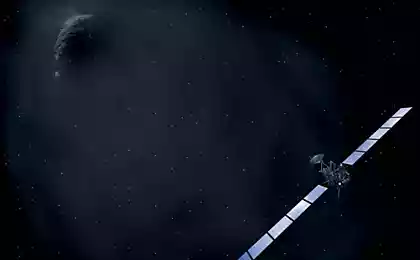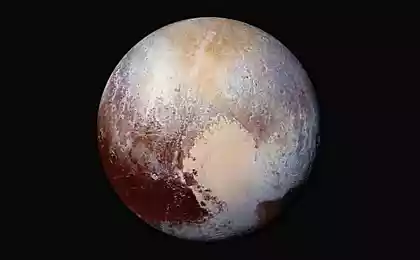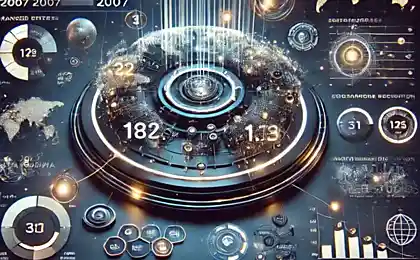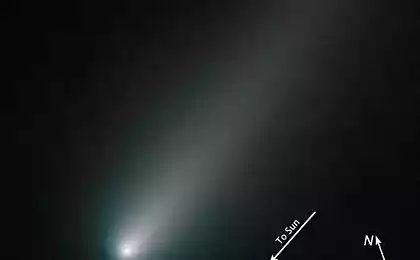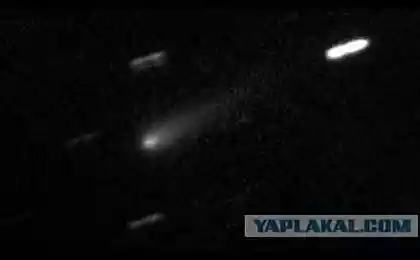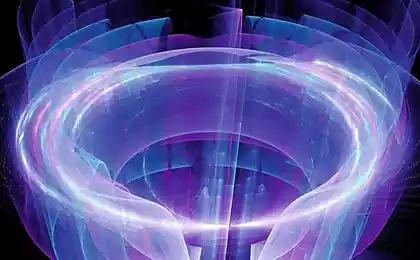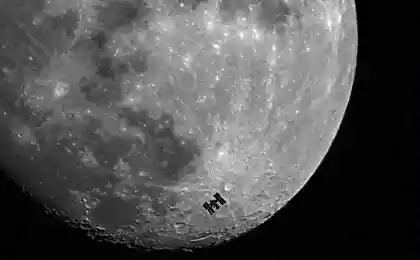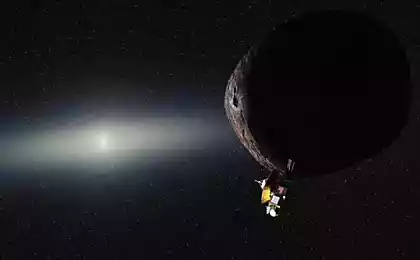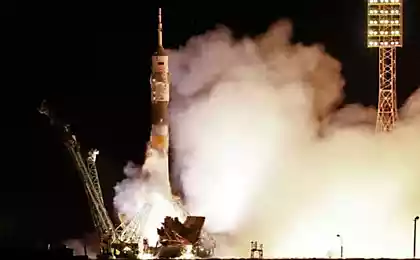1029
Space in Motion (caution traffic)

World space does not indulge us videos from all over the solar system - too expensive traffic obtained from Mars. But sometimes the scientists want to see different processes in motion, and then comes to the aid of continuous shooting. Thanks .GIF format, we can see the space in the impermanence and dynamics.
On top animation Comet basks in the sun
In the comet 67P / Churyumov-Gerasimenko, August 13th was a big day - perihelion. On this day the core of a comet passed closest to the Sun, and therefore processes eruption streams of gas and dust are most intense. Such it happens every 6, 6 years old. True perihelion is not so "hot" - the comet is now farther from the Sun than the Earth, and not fly up close.
New Horizons spacecraft flies through the system Pluto-Charon (it 3D animation , but beautiful, and based on the pictures).
Pay attention to the ashen light that illuminates shaded right side of Pluto. It is sunlight reflected from its satellite Charon.
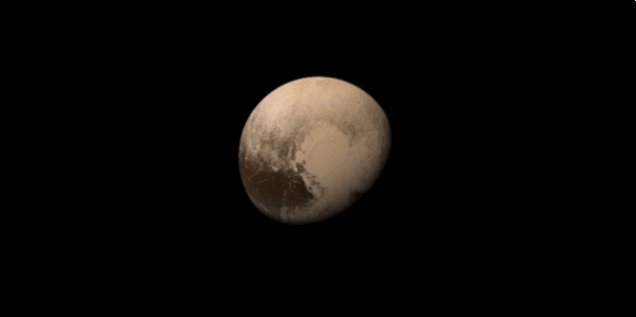
«Snowfall" in outer space!
This fantastic animation is made up of pictures taken with the camera OSIRIS, installed on the unit Rosetta, July 6, 2015, and shows us a sea of dust grains in the coma of the comet 67p / Churyumov-Gerasimenko!

SIFCO in VC shared Deep Space .
The Moon and the Earth's atmosphere
Many probably know the feeling when the Moon or the Sun in the sky are more closer to the horizon. This illusion even invented an explanation: if the atmosphere acts as a magnifying glass and "closer" of light. In fact, the иллюзия exclusively the product of our perception of reality and characteristics of our brain. Just when the objects are in the sky, we have nothing to compare them to the apparent size and they seem small and lonely.
The atmosphere, too, distorts, but an entirely different character. The effect of atmospheric refraction can be seen in the survey with the International Space Station. The Earth's atmosphere "flatten" the moon, but not increase it.

In a series of images of the moon during a full moon set July 31, 2015. View from the ISS.
Landing on the comet - the first person
Cool animation Philae spacecraft landing on Comet 67P / Churyumov-Gerasimenko, November 12, 2014.

The final shot shows the comet's surface from a distance of 9 meters, the resolution of 9 mm per pixel.
The explosion in Tianjin before and after
Private space company Skybox published high resolution images , where you can see the scale and impact of man-made explosion in China. Frame "before" shot on May 25 "after" - August 13, the day after the explosion, which occurred at night. In warehouses of explosives exploded. According to seismologists first explosion was equivalent to 3 tons of TNT, the second - 21 ton.

kiri2ll tells transit to the moon background of the Earth :
Located at the Lagrange point L1 unit DSCOVR, filmed the epic transit of the Moon in the background of our planet. This animation is made up of images taken on July 16 in the interval between 15:50 and 20:45 time EDT. In the picture is the reverse side of the moon, which is the surface of the Earth has never seen. As you can see, the earth is much brighter than the Moon, which is not surprising: the albedo (reflectivity) of the moon is much smaller than that of our planet. Honestly, navsidku I do not even remember the shots taken with such distance and such quality. So maybe I'm wrong, but it is likely that such a spectacle we see for the first time.
Around the Moon could be seen as color fringing Shooting is done through a set of replacement filters - through each filter individually. For staff in the visible range is required to change the three filters: blue, green and red. During the change of filters Moon manages to move, so the image overlay gives color "shadow & quot ;.
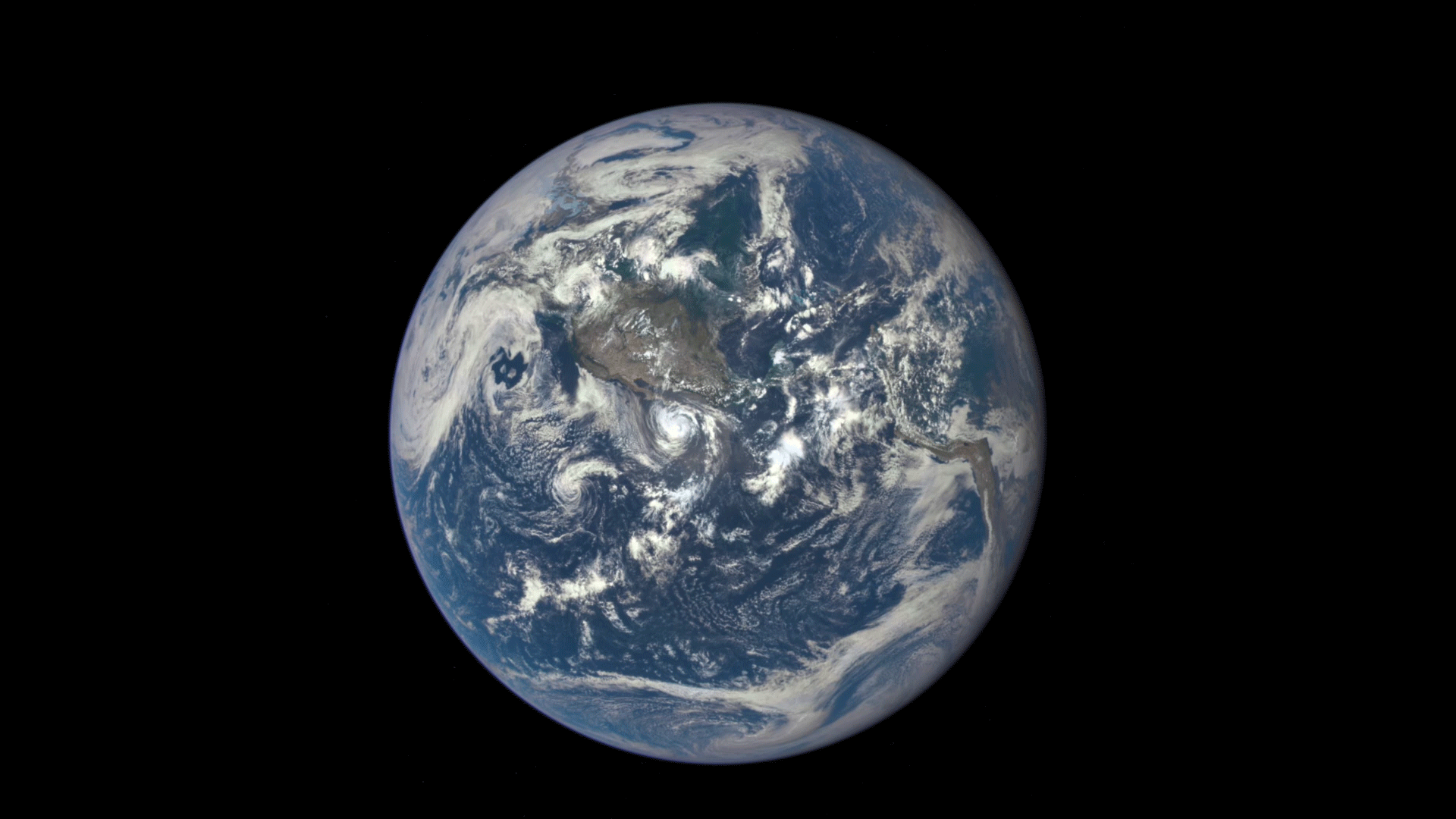
And finally, one of the most fascinating, in my view animations of New Horizons: volcano eruption Tvashtar on Jupiter's moon Io shot in 2007. The volcano ejects the material to a height of 400 km, and the lighter fractions such as gas and fine ash generally overcome the force of gravity of the satellite and overlook the okoloyupiterianskuyu orbit.
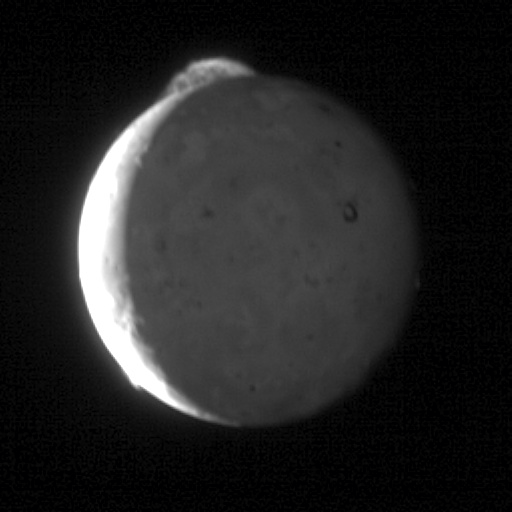
Recently, Japanese scientists have found using his telescope Hisaki, that auroras of Jupiter may be caused not only by the solar wind, but also volcanoes of Io. Jupiter's magnetic field captures charged particles ejected by volcanoes, scatters them in the Collider and sends to the poles, where the particles cause the glow of the planet's atmosphere.
auroras of Jupiter on анимации from the telescope Hubble.
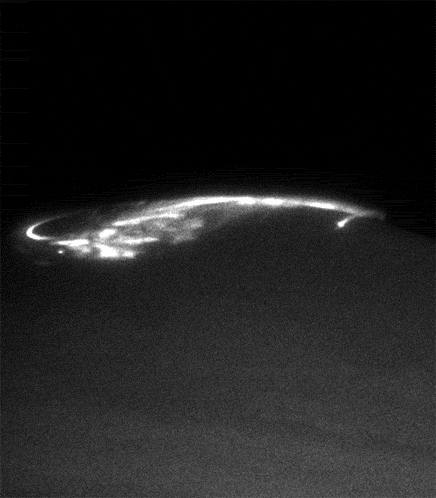
Source: geektimes.ru/post/260474/
It's time to close: Stories of famous stock exchanges of Chicago
Postcard maze. A gift that can not be opened without having solved the puzzle


